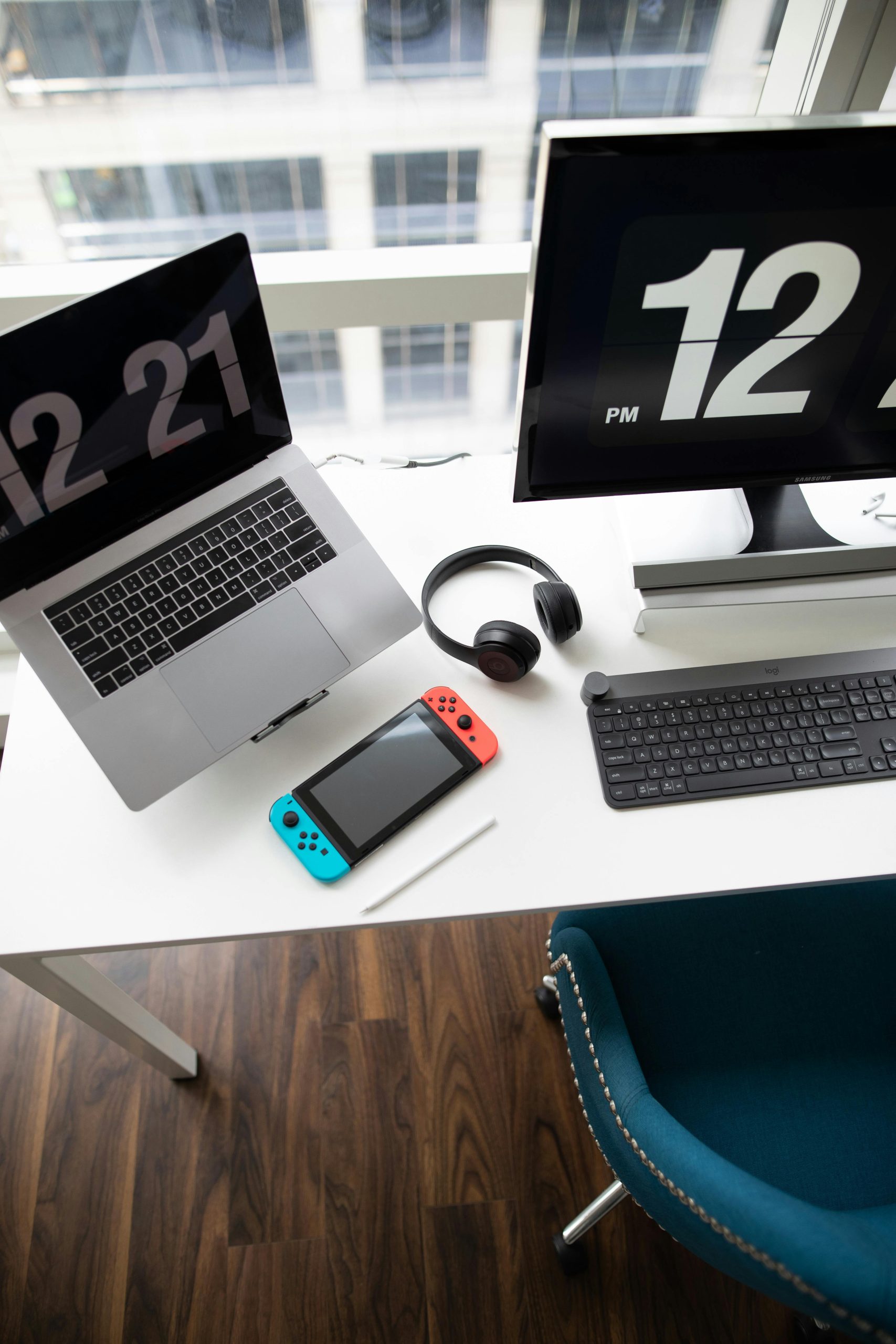Addressing Screen Glitching When Switching Refresh Rates: A Guide for PC Enthusiasts
Encountering visual artifacts such as pixel glitches when adjusting your monitor’s refresh rate can be a frustrating experience. This guide explores common causes and effective troubleshooting steps, tailored for users with gaming or high-performance PCs, including systems equipped with high-refresh-rate displays and powerful GPUs.
Case Context
Let’s consider a typical scenario: a PC built with an NVIDIA RTX 5060 Ti (16GB VRAM), an AMD Ryzen 7 5700X processor, and a 24GB Corsair DDR4 RAM. The user reports pixel glitches appearing on the screen specifically when changing the monitor’s refresh rate from 165Hz to 180Hz. Notably, the issue temporarily resolved when the GPU was reseated but reappeared after enabling a blue light filter on the monitor.
Potential Causes
Understanding the underlying factors can help in diagnosing such issues:
-
Refresh Rate Compatibility and Stability: Not all monitors or GPUs handle overclocked or higher refresh rates seamlessly. Slight incompatibilities can cause visual artifacts.
-
Cable and Connection Quality: Using subpar or incompatible display cables can lead to signal integrity issues, especially at higher refresh rates.
-
Graphics Driver and Settings: Outdated or corrupted drivers, along with improper configuration, may result in visual glitches during refresh rate transitions.
-
Monitor Settings and Software Features: Features like blue light filters or other display enhancements sometimes interfere with signal stability, particularly if they modify color profiles or rendering pipelines.
-
Hardware Seating and Hardware Faults: Loose GPU connections, faulty ports, or aging hardware components can contribute to display issues.
Troubleshooting Steps
If you’re experiencing similar problems, consider the following methodical approach:
1. Verify Cable and Connection Integrity
- Use High-Quality Cables: Ensure you are using a reputable DisplayPort or HDMI cable rated for 180Hz or higher.
- Re-seat the Cable: Disconnect and reconnect the cable securely on both ends.
- Try Alternative Ports: Switch to a different port on your GPU and monitor to rule out port-specific issues.
2. Update and Reinstall Graphics Drivers
- Download Latest Drivers: Obtain the most recent NVIDIA drivers compatible with your RTX 5060 Ti.
- Perform a Clean Installation: Use tools like Display Driver Uninstaller (DDU
Share this content:



